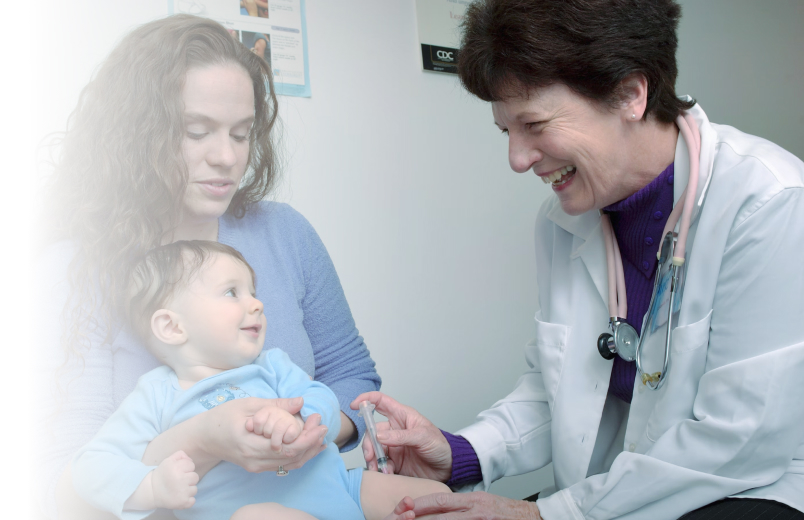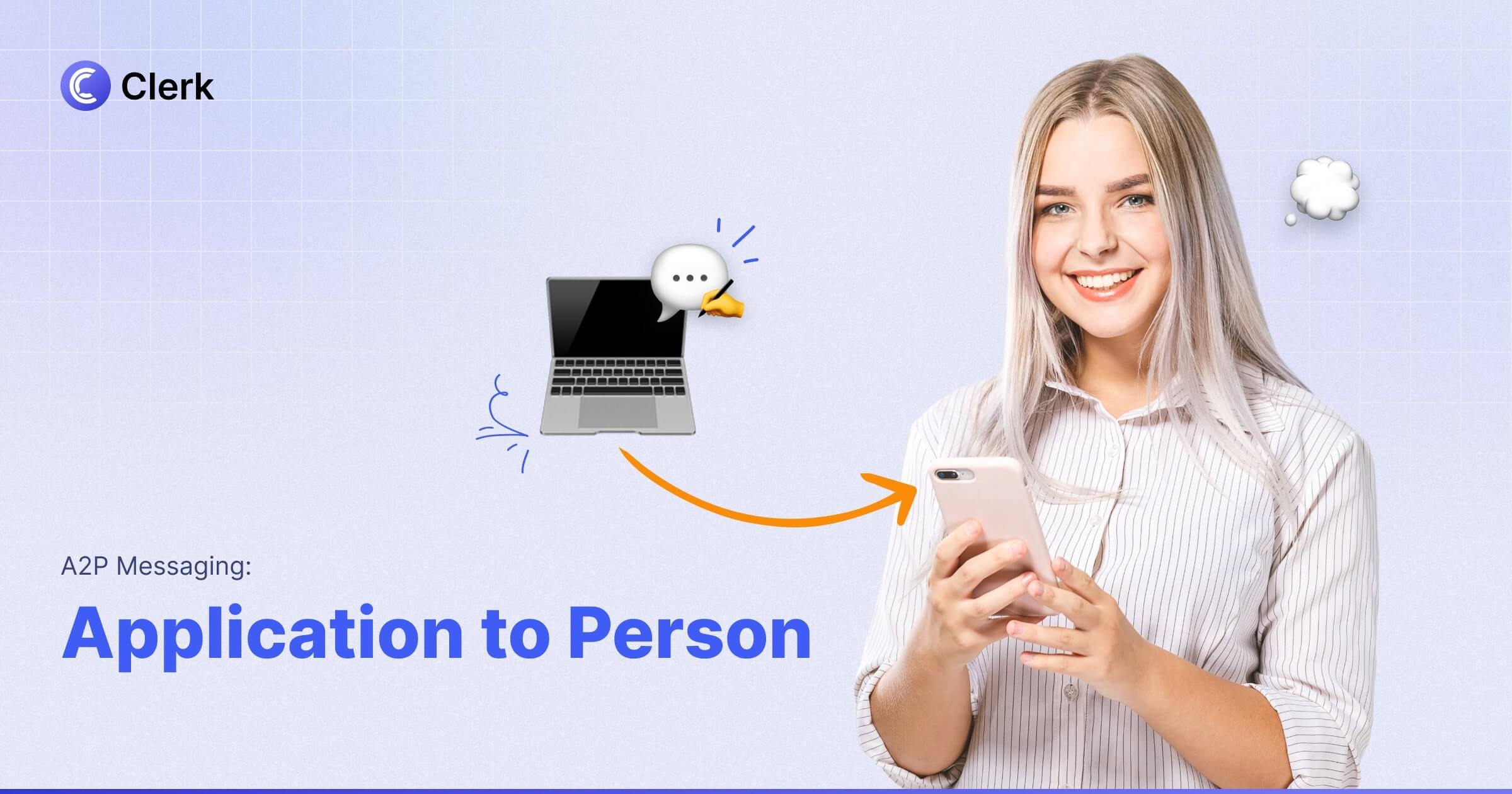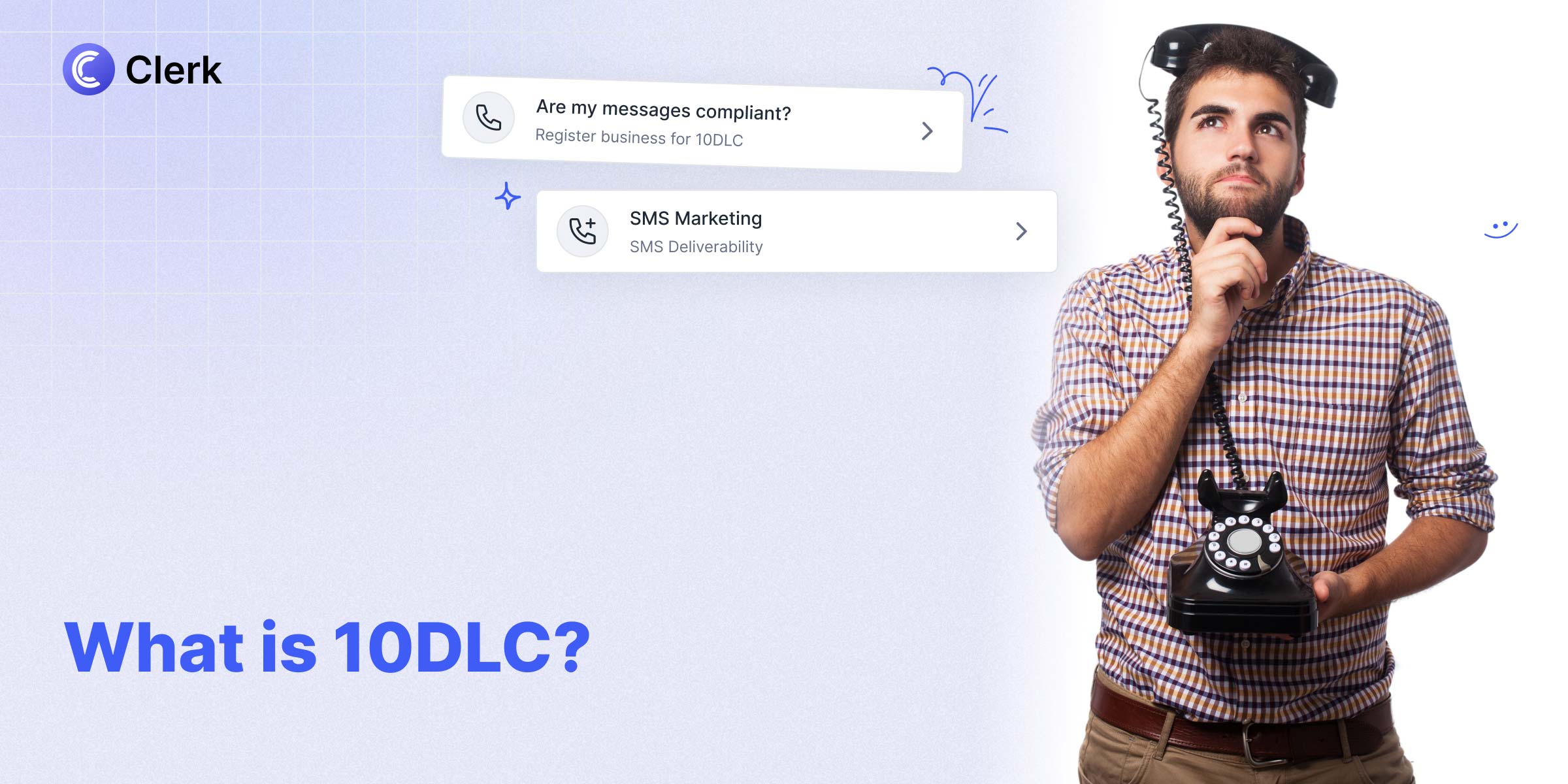Pediatrics Texting Solution
Transform patient engagement, minimize wait times, and elevate care with Clerk Chat's AI-driven SMS platform for pediatrics. Embrace seamless, personalized text messaging today and revolutionize pediatric communication with SMS pediatrics.
Healthy kids, happy parents with SMS for your pediatric practice.


Unlock Pediatric SMS Features: A New Communication Frontier
Inform parents of test results. Offer seasonal wellness advice, and allow two-way communication so parents can ask questions related to minor concerns. Save your front desk time and promote open communication at the same time, thanks to Clerk Chat's AI-powered SMS features.
Group SMS
Send a text to multiple people at the same time. Collab on a team project, send updates to contractors, plan events, and more.
AI Assistant
Feed a Knowledge Base with company documents and watch the AI become your sales or support agent.
Message Threads
Conversations within conversations. Keep internal replies to a specific message organized and separate from the main chat.
Custom Signatures
Automatically add a short text block to the end of your outgoing messages. Customize with info like name, title, and email address.
Schedule Messages
Write a text message now, and choose when you want to send it. Even once the SMS is scheduled you have the option to modify or delete.
Instant Number Activation
Create a new inbox and you have the option to get a new phone number or activate an existing line. Follow the steps, and you’ll be able to send texts from your business!
Customers Love Clerk Chat
See what our customers are saying about Clerk Chat
Connect your existing applications.
We've built native integrations into the leading applications such as Slack, Microsoft Teams, and Salesforce. Get verification codes using our non-voip numbers, and leverage the power of SMS wherever your team lives
- Slack SMS
Bring your business phone to Slack and start text messaging your customers in real-time
Learn more - Microsoft Teams SMS
Send and receive text messages with your existing contacts, and leads natively in Microsoft Teams
Learn more - 2FA Authentication
Receive your account verification codes easily, and securely from all online services
Learn more - Salesforce SMS
Send and receive text messages with your existing contacts, leads natively in Salesforce
Learn more
- Slack
Bring your business phone to Slack and start text messaging your customers in real-time
Learn more - Microsoft Teams
Send and receive text messages with your existing contacts, and leads natively in Microsoft Teams
Learn more - Shopify
Use SMS to send promotions, remind about abandoned carts, and distribute coupons to customers.
Learn more
- Global Relay
Sync your messages with the leading compliance provider, Global Relay, to ensure regulatory compliance.
Learn more - Microsoft Purview
Automatically export your conversation logs for automatic discovery and audit purposes.
Learn more - Smarsh
Receive your account verification codes easily, and securely from all online services
Learn more - Azure Storage
Receive your account verification codes easily, and securely from all online services
Learn more
- Salesforce
Bring your business phone to Slack and start text messaging your customers in real-time
Learn more - Microsoft Outlook
Send and receive text messages with your existing contacts, and leads natively in Microsoft Teams
Learn more - Hubspot
Receive your account verification codes easily, and securely from all online services
Learn more - Microsoft Dynamics
Receive your account verification codes easily, and securely from all online services
Learn more
Helpful answers
We know there's a lot to learn and read about all that Clerk Chat can do. Here are some of the most frequently asked questions.
"Conversational messaging is transforming the way companies engage with customers. Start creating personalized concierge-style conversations today."

Alexander Haque
Co-Founder at Clerk Chat


